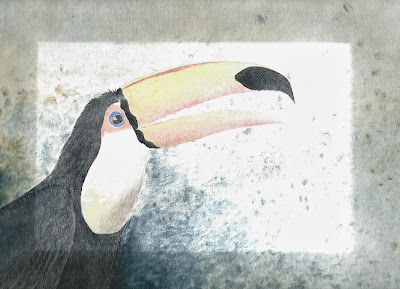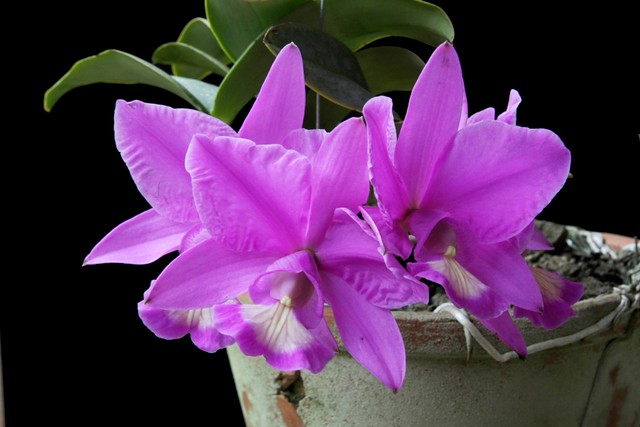So the story is that a gang of kidnappers set upon Jacob in Santa Cruz, demanded a ransom and
threatened to kill him...but decided to be nice and deliver him to his home thousands of miles away in Brooklyn. OK. Some believe it, some don't. At Chaplins and other comedy clubs in La Paz, this is a joke; the Russian customers call it skazka - fairy tale.
The sad part is that there are two sides left hurt in this - the Jewish Community and the La Paz government - but the real culprits are the drug dealers, extortionists and political opportunists; the latter of whom exasperated the La Paz governemnt, sending in clowns like Sean Penn and making the situation worse for all.
But what does this hold for the future? Should Bolivia ask extradition, will the US extradite or refuse? If the Brooklyn community thinks they have the US State Dept. and Obama on their side, maybe they are right; but maybe they are wrong, and the historical precedent for politicians is to get the lather and wash their hands. Today the NYT reports that Snowden is seeking asylum in South America in exchange for revealing secrets; the US has had bad year in Latin America, and keeping Jacob in New York might make for bad relations with an entire continent.
So the pendulum might swing the other way, and Jacob might be the token of appeasement the State Department will need.
And what of the lack of response from Melissa Mark-Viverito? She could have been a bridge between the Latin and the Orthodox communities, but she kept out of it, even when offered highly classified information that would have been of use to acquit Jacob and actually bring about better US-Bolivian relations; she is busy these days seeking the Speakers' seat in NYC politics.
So this saga may have more parts. Stay tuned. There may be more info leaked here than Snowden ever had.
 Evo Morales accused USAID of
meddling in the affairs of the Bolivian people
Evo Morales accused USAID of
meddling in the affairs of the Bolivian people
Bolivian President Evo Morales has
said he will expel the US Agency for International Development (USAID).
Mr Morales accused the agency of seeking to "conspire against" the Bolivian
people and his government.US state department spokesman Patrick Ventrell rejected the allegations as "baseless and unfounded".
USAID has been working in Bolivia for almost five decades, and had a budget of $52.1m (£33.4m) for the country in 2010, according to its website.
The agency said it deeply regretted Mr Morales' decision.
'Nationalise dignity' On previous May Days, Mr Morales had announced the nationalisation of key industries, such as hydroelectric power and the electricity grid.
But on Wednesday he said he "would only nationalise the dignity of the Bolivian people".
Speaking at a rally in La Paz, the president said there was "no lack of US institutions which continue to conspire against our people and especially the national government, which is why we're going to take the opportunity to announce on this May Day that we've decided to expel USAID".
He then turned to his Foreign Minister, David Choquehuanca, and asked him to inform the US embassy of his decision.
The president said the expulsion was in protest at a recent remark by US Secretary of State John Kerry, who referred to Latin America as "the backyard of the United States".
Mr Kerry made the remark as he tried to persuade US Congressmen of the importance of the region.
Mr Morales has threatened USAID with expulsion in the past, saying that its programmes have "political rather than social" ends. He has also accused it of "manipulating" and "using" union leaders.
Mr Ventrell said Mr Morales' decision "harms the Bolivian people".
"We think the programmes have been positive for the Bolivian people, and fully co-ordinated with the Bolivian government and appropriate agencies under their own national development plan," he said.
In a statement USAID said: "Those who will be most hurt by the Bolivian government's decision are the Bolivian citizens who have benefited from our collaborative work on education, agriculture, health, alternative development, and the environment."
Coca disputes Mr Morales, who heads his country's union of coca growers, has also been critical in the past of US counter-narcotic programmes in Bolivia, repeatedly stating that the fight against drugs is driven by geopolitical interests.
In 2008, Mr Morales expelled the US ambassador and Drug Enforcement Administration (DEA) for allegedly conspiring against his government.
Bolivia is among the top three producers of coca in the world, according to the United Nations World Drug report. Coca, the raw ingredient for cocaine, has been used in the Andes for thousands of years as a mild stimulant and sacred herbal medicine.
USAID cites as its main aims the strengthening of Bolivia's health system and the provision of "equal access to health care by eliminating social exclusion", as well as improving "the livelihoods of economically and socially disadvantaged people by increasing income and managing natural resources".
The agency also supports programmes to help Bolivian farmers to replace coca with other crops.
The US government had a separate budget of $20.3m (£13m) for its counter-narcotics and military programme in 2010, but it is not clear which agency distributes that money in Bolivia.
Evo Morales became Bolivia's first indigenous president in 2005.














 While frosty spring winds kiss the crocuses in much of the North, let us whisk you away for a moment to warm, mild Cochabamba to meet Gaby Chambi Perca, Friendly Farmer in training.
While frosty spring winds kiss the crocuses in much of the North, let us whisk you away for a moment to warm, mild Cochabamba to meet Gaby Chambi Perca, Friendly Farmer in training. Last semester, Gaby’s section had a workshop on calf management. A lecturer from Argentina taught about life in the calf’s early days, and particularly the importance of colostrum for the calf. Gaby also had a practicum on Santa Maria Farm.
Last semester, Gaby’s section had a workshop on calf management. A lecturer from Argentina taught about life in the calf’s early days, and particularly the importance of colostrum for the calf. Gaby also had a practicum on Santa Maria Farm. Vibrant School and Church Communities; Visits Home:
Vibrant School and Church Communities; Visits Home:









